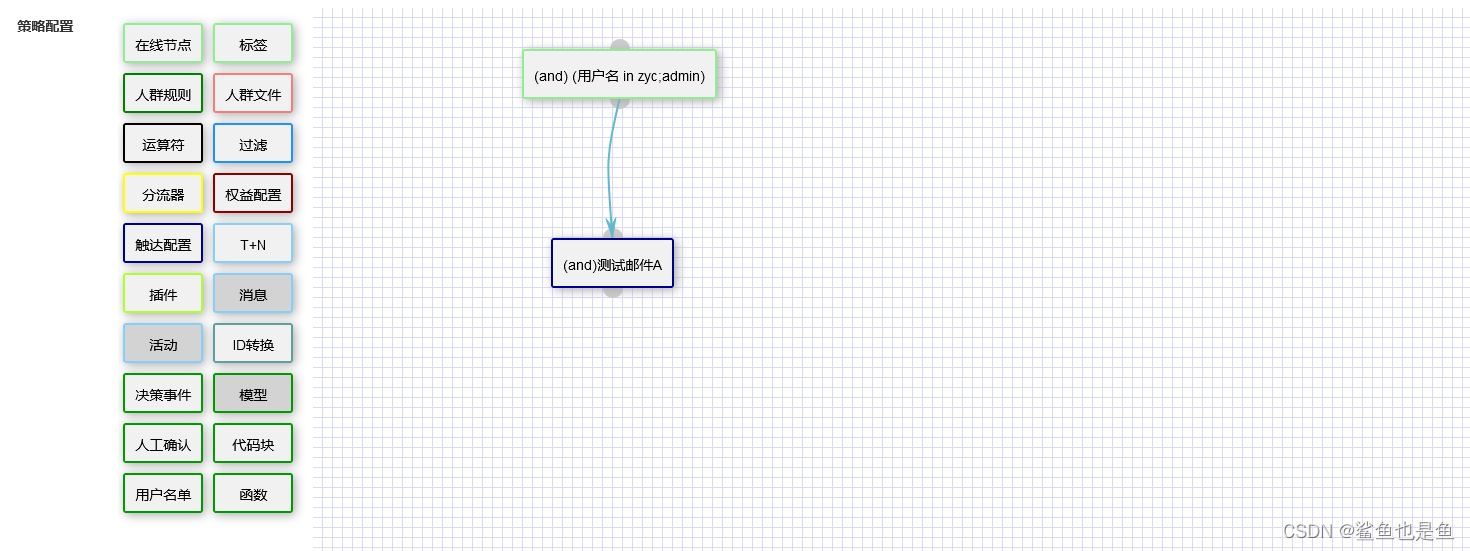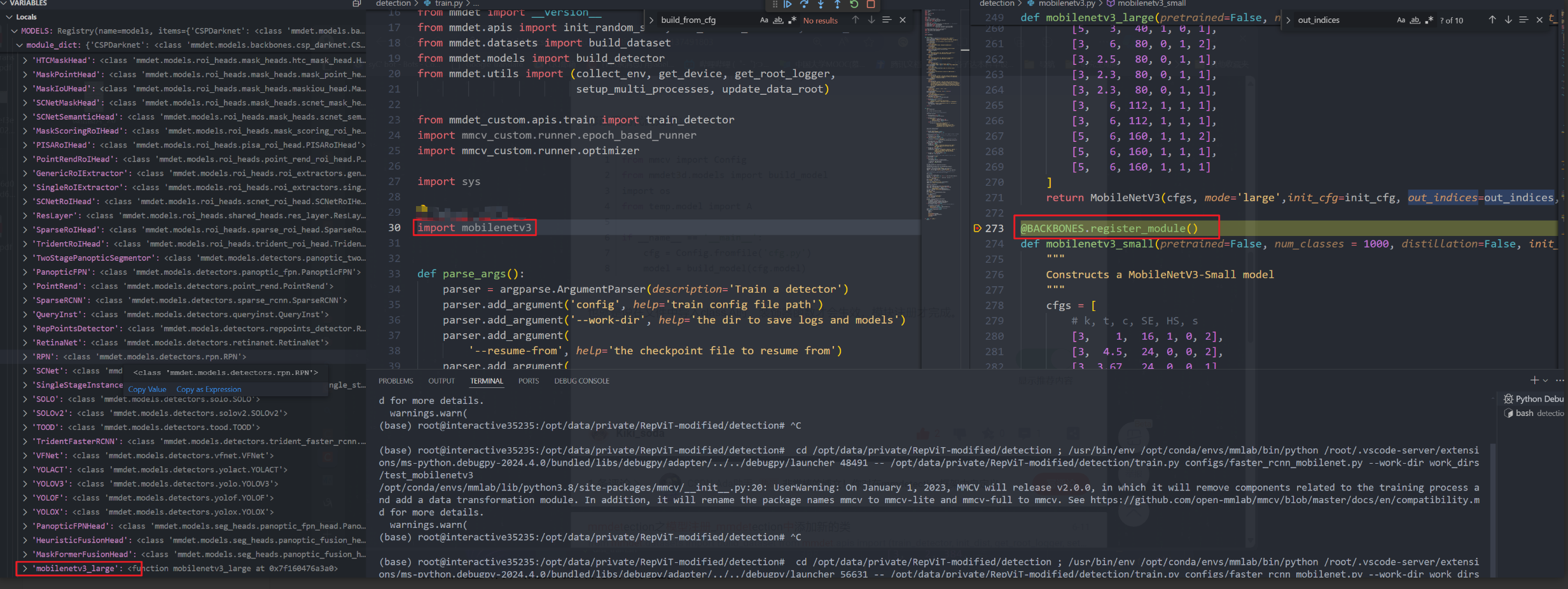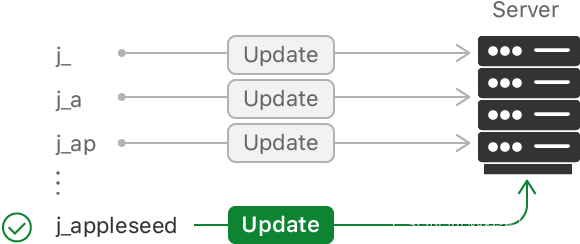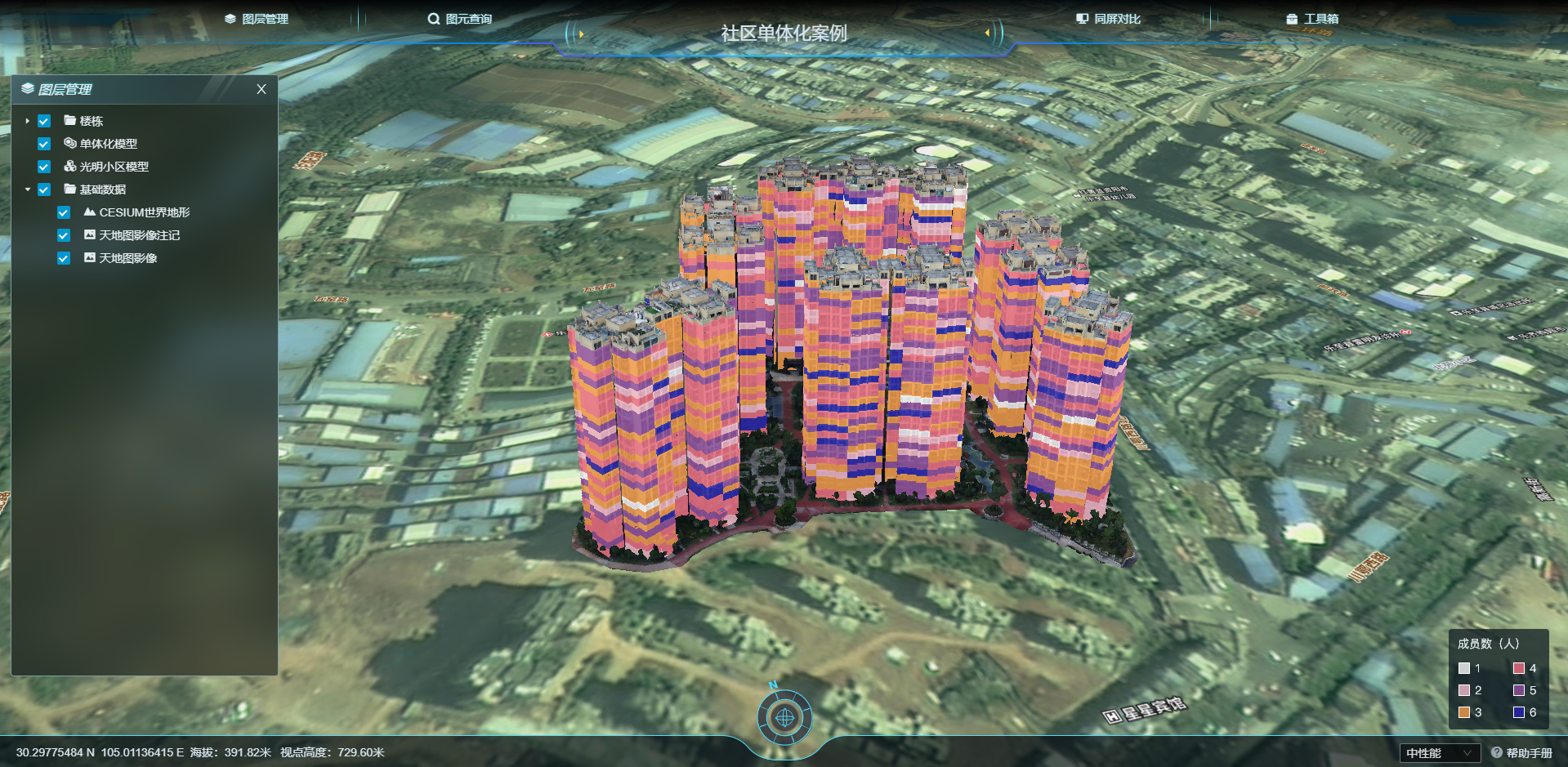| IP | 操作系统 | 服务 | 版本 |
| 192.168.140.153 | CentOS 7 | redis-master,sentinel | 7.2.5 |
| 192.168.140.156 | CentOS 7 | redis-slave,sentinel | 7.2.5 |
| 192.168.140.159 | CentOS 7 | redis-slave,sentinel | 7.2.5 |
一、安装Redis + 配置主从复制
参考下面文档:
Redis 7.2.x 主从复制-CSDN博客文章浏览阅读59次。搭建 Redis 7.2.x 主从复制,一主一从https://blog.csdn.net/weixin_44295677/article/details/139475019?spm=1001.2014.3001.5502
二、配置哨兵
1、修改内核参数
vi /etc/sysctl.conf
vm.overcommit_memory = 1
# 0 (默认值): 启发式内存提交策略。内核会尝试猜测进程是否会真正使用它们请求的所有内存。是一个很好的默认设置,允许进程请求大量内存,而实际上可能并不需要这么多。
# 1: 总是允许内存提交。无论物理内存和交换空间是否足够,内核都会允许进程提交内存。会导致在内存不足时,系统无法分配更多的内存,并导致OOM(Out-Of-Memory)被激活,杀死一些进程以释放内存。
# 2: 使用/proc/meminfo中的CommitLimit值来决定是否允许内存提交。如果请求的内存加上当前已提交的内存超过了CommitLimit,那么内存提交会被拒绝。2、修改配置
cp /opt/redis-7.2.5/sentinel.conf /opt/redis/
vi /opt/redis/sentinel.conf
# 修改内容如下
## 端口
port 26379
## 允许后台运行
daemonize yes
## 进程号存放位置
pidfile "/opt/redis/redis-sentinel.pid"
## 日志级别,如果想要更详细的可以设置成debug
loglevel notice
## 日志存放路径
logfile "/opt/redis/logs/redis-sentinel.log"
## 工作目录
dir "/opt/redis"
## 监听的主节点信息
sentinel monitor mymaster 192.168.140.153 6379 2
## sentinel判断redis主服务器下线所需要的时间,单位毫秒
sentinel down-after-milliseconds mymaster 10000
## redis主服务器故障转移的最大超时时间
sentinel failover-timeout mymaster 60000
## 故障转移时,最多允许几个从服务器同时向新的主服务器转移数据
sentinel parallel-syncs mymaster 2
## 向主服务器认证所需要的密码
sentinel auth-pass mymaster final1233、创建服务脚本
vi /etc/systemd/system/sentinel.service
[Unit]
Description=Sentinel service
After=network.target
[Service]
Type=simple
User=root
Group=root
ExecStart=/opt/redis/bin/redis-sentinel /opt/redis/sentinel.conf --sentinel --daemonize no
PrivateTmp=true
Restart=always
[Install]
WantedBy=multi-user.target4、启动服务
systemctl daemon-reload
systemctl start sentinel.service
systemctl enable sentinel.service三、测试
1、主服务器查看 主从复制相关信息
可以看到当前master是192.168.140.153
[root@localhost redis]# redis-cli -h 192.168.140.153
192.168.140.153:6379> auth final123
OK
192.168.140.153:6379> info replication
# Replication
role:master
connected_slaves:2
slave0:ip=192.168.140.156,port=6379,state=online,offset=957428,lag=1
slave1:ip=192.168.140.159,port=6379,state=online,offset=957283,lag=1
master_failover_state:no-failover
master_replid:9ec1820323cd826f2955176a75e99dbdfde51f30
master_replid2:2840abf8606e7ea7237bfa1f03225898e634d2a4
master_repl_offset:957428
second_repl_offset:396279
repl_backlog_active:1
repl_backlog_size:1048576
repl_backlog_first_byte_offset:97903
repl_backlog_histlen:8595262、启停主服务器的redis服务
# 停止主服务器的redis服务
systemctl stop redis.service
# 间隔10秒,等待故障转移完成,启动服务
systemctl start redis.service3、查看sentinel日志
可以看到当前主节点已经转移到192.168.140.159机器上
[root@localhost redis]# tail -f logs/redis-sentinel.log
1460:X 05 Jun 2024 23:17:20.936 # +sdown slave 192.168.140.153:6379 192.168.140.153 6379 @ mymaster 192.168.140.159 63794、查看主节点是否转移
在159服务器查看redis主从信息,发现159的角色已经变为master,故障转移成功
[root@localhost redis]# redis-cli -h 192.168.140.159
192.168.140.159:6379> auth final123
OK
192.168.140.159:6379> info replication
# Replication
role:master
connected_slaves:2
slave0:ip=192.168.140.156,port=6379,state=online,offset=1074384,lag=0
slave1:ip=192.168.140.153,port=6379,state=online,offset=1074384,lag=0
master_failover_state:no-failover
master_replid:401449cc3f667d6032124da09b2002dbd1a36a52
master_replid2:9ec1820323cd826f2955176a75e99dbdfde51f30
master_repl_offset:1074384
second_repl_offset:967527
repl_backlog_active:1
repl_backlog_size:1048576
repl_backlog_first_byte_offset:408285
repl_backlog_histlen:666100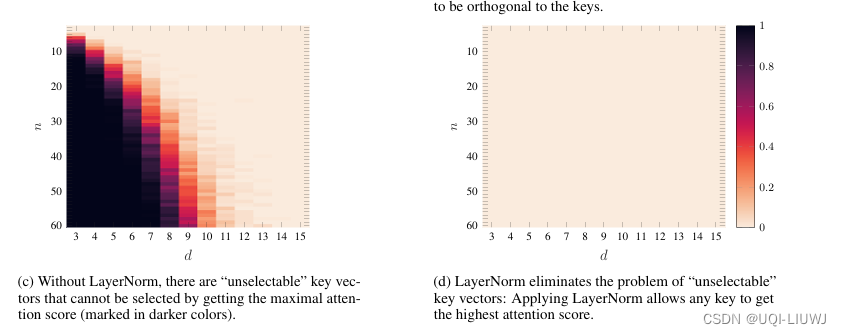
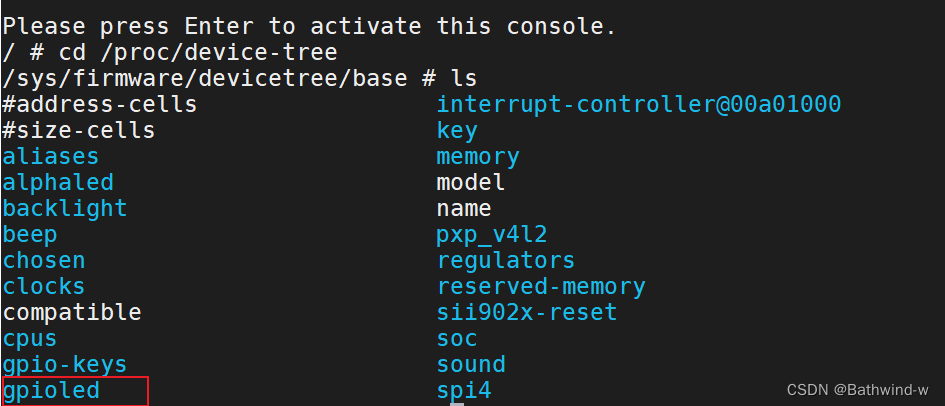


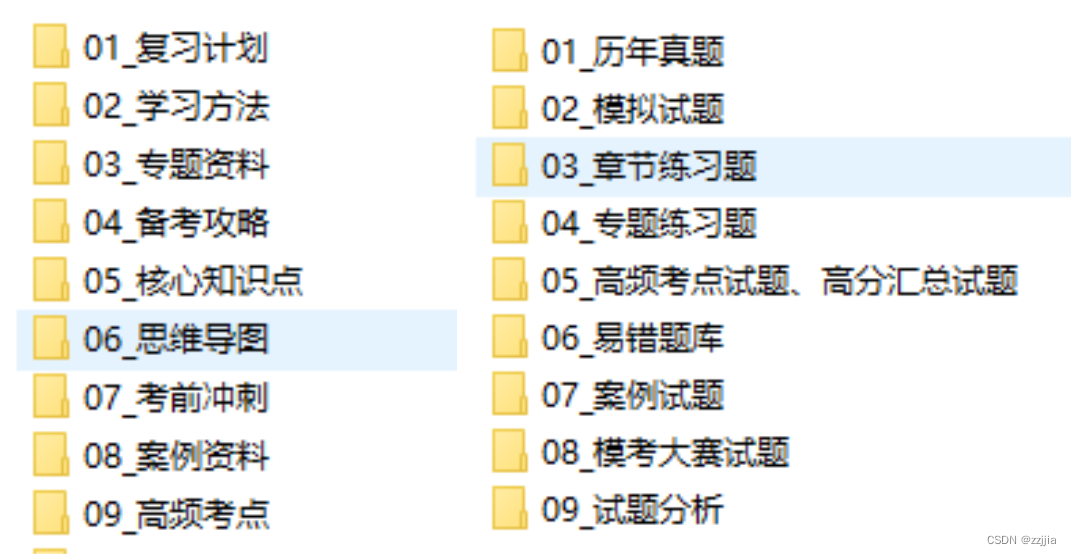
![数据库错误[ERR] 1071 - Specified key was too long; max key length is 1000 bytes](https://img-blog.csdnimg.cn/direct/868f4cf31d2642d18c2a26bf246c16d3.png)
![[linux]基于Ubuntu24.04原内核6.8.0升级到6.9.0](https://img-blog.csdnimg.cn/direct/51ce7fe55e7d401cb759e2b06c0cd204.png)

